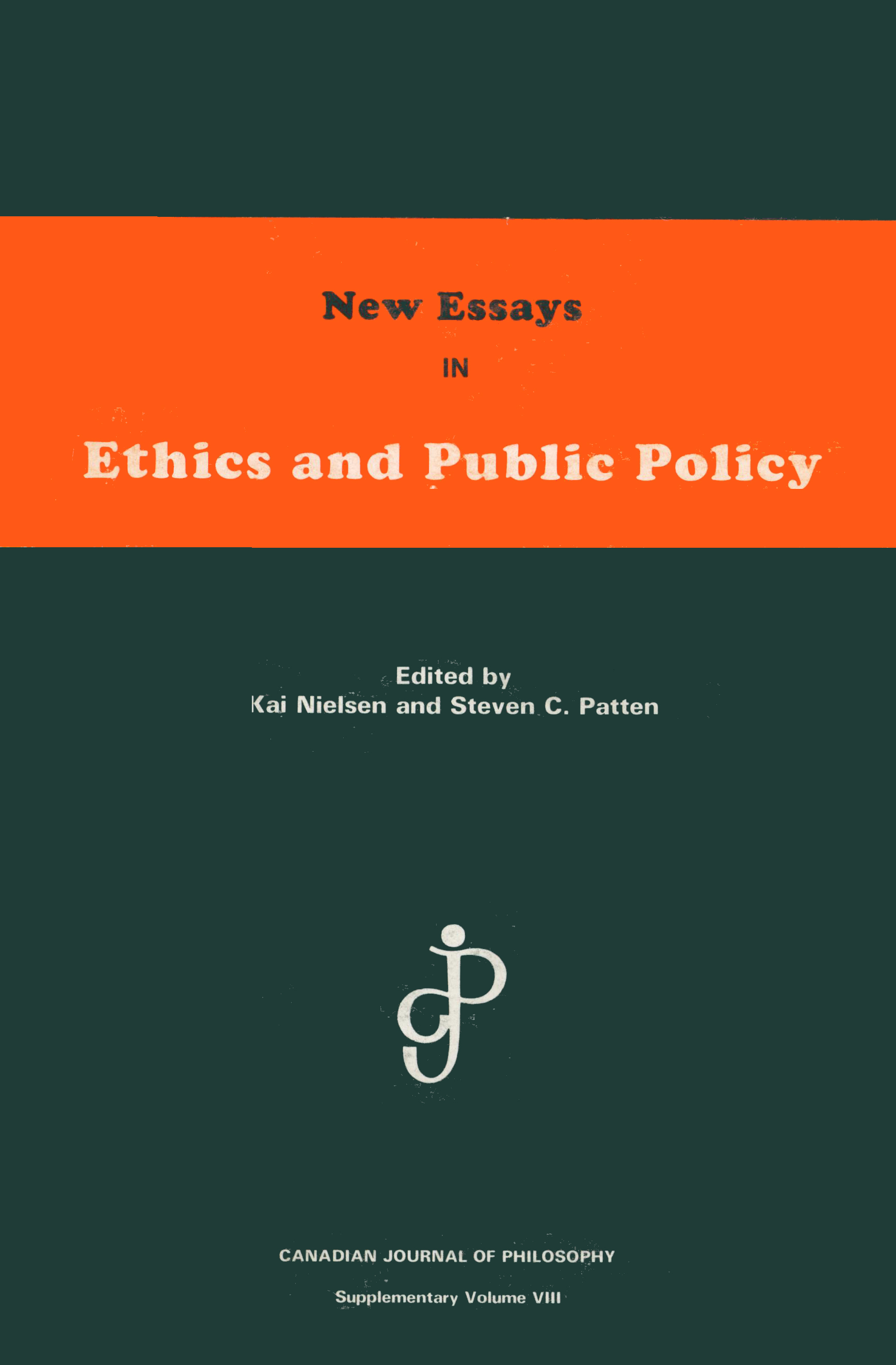Article contents
An Unexpected Pleasure
Published online by Cambridge University Press: 01 January 2020
Extract
As topics in the philosophy of emotion, pleasure and displeasure get less than their fair share of attention. On the one hand, there is the fact that pleasure and displeasure are given no role at all in many theories of the emotions, and secondary roles in many others. On the other, there is the centrality of pleasure and displeasure to being emotional. A woman who tears up because of a blustery wind, while an ill-advised burrito weighs heavily upon her digestive tract, feels an impressive number of the sensations felt by someone who is gut-wrenchingly sad. Yet, unless she feels bad, the way she feels is only a pale echo of the feeling of sadness. If she feels good in spite of the burrito and the wind, then she does not feel at all the way she would if she were sad. Likewise, a man falling asleep can hardly fail to feel his muscles relax, his heart rate fall, and so on, but unless he feels good his state is only a shadow of feeling content.
- Type
- 4. The Modularity of Particular Emotion Types
- Information
- Canadian Journal of Philosophy Supplementary Volume , Volume 32: The Modularity of Emotions , 2006 , pp. 255 - 272
- Copyright
- Copyright © The Authors 2006
References
- 3
- Cited by


